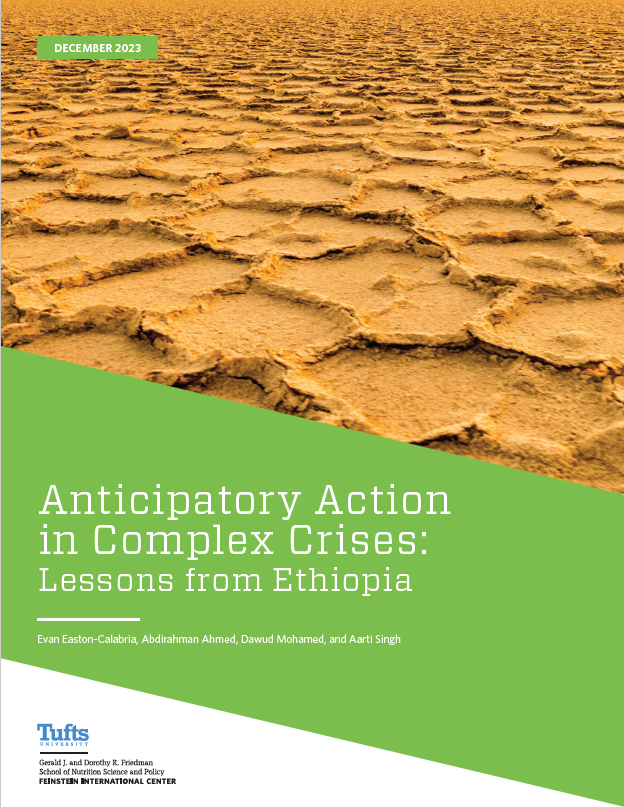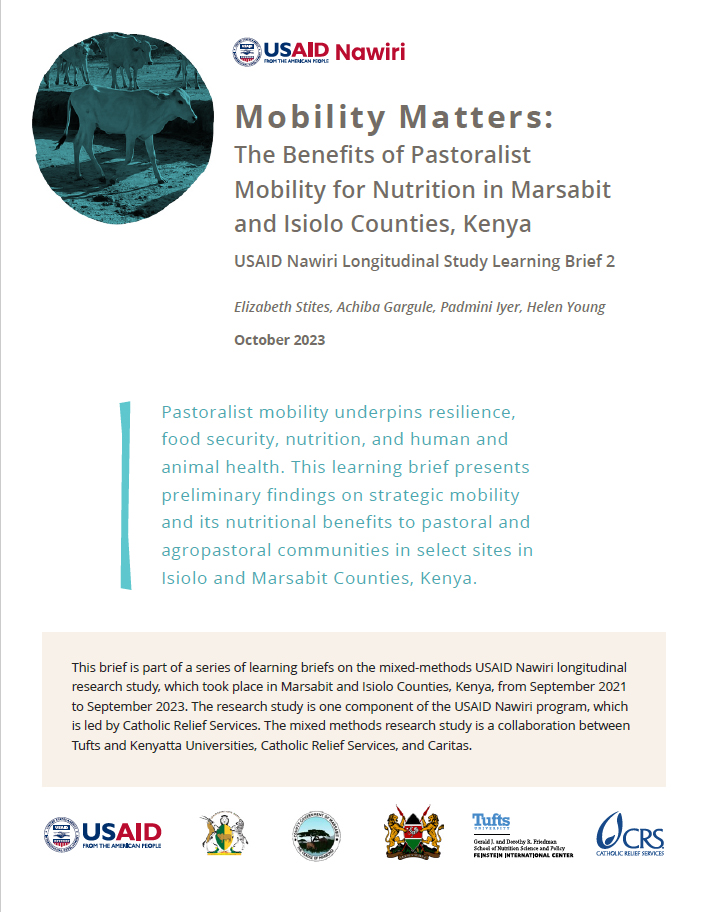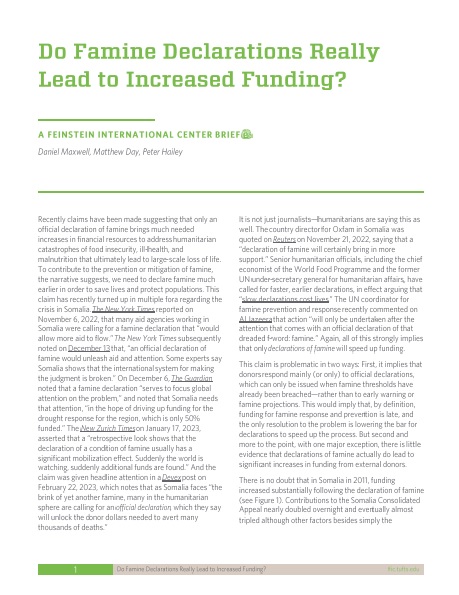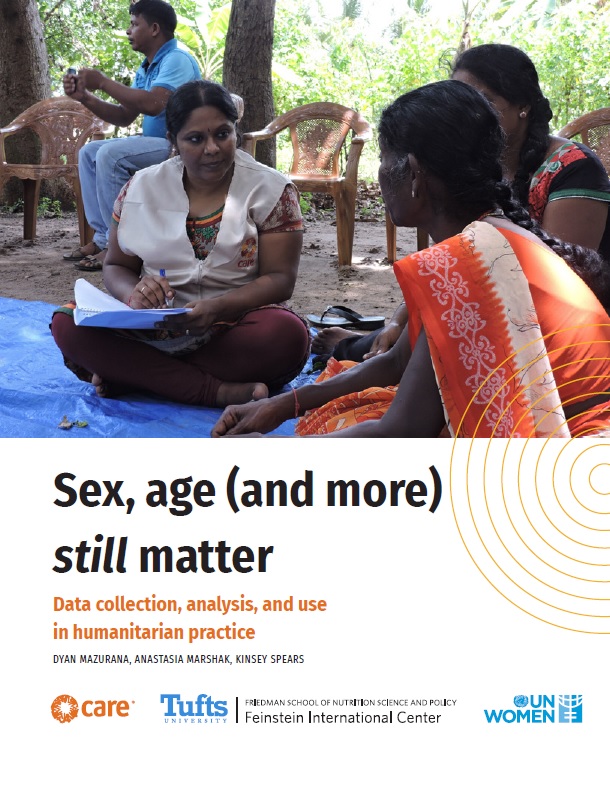In 2011–12, Somalia experienced the worst famine of the twenty-first century. Since then, research on the famine has focused almost exclusively on the external response, the reasons for the delay in the international response, and the implications for international humanitarian action in the context of the “global war on terror.” This paper focuses on the internal, Somali response to the famine. How did Somali communities and households cope with the famine of 2011 in the absence of any state-led response—and a significant delay in the international response? What can be learned from these practices to improve our understanding of famine, and of mitigation, response and building resilience to future crises?
The factor that seemed to best determine whether and how well people survived the famine was their social connectedness—the extent of the social networks of affected populations and the ability of these networks to mobilize resources. The nature of reciprocity, the resources available within people’s networks, and the collective risks and hazards faced within networks, all determined people’s individual and household outcomes in the famine. These networks are related to the social structures and social hierarchies within Somali society.
To learn more about Dan Maxwell’s research on the famine, check out his book, Famine in Somalia: Competing Imperatives and Collective Failures 2011-2012. The video abstract for the book is available for viewing here.







